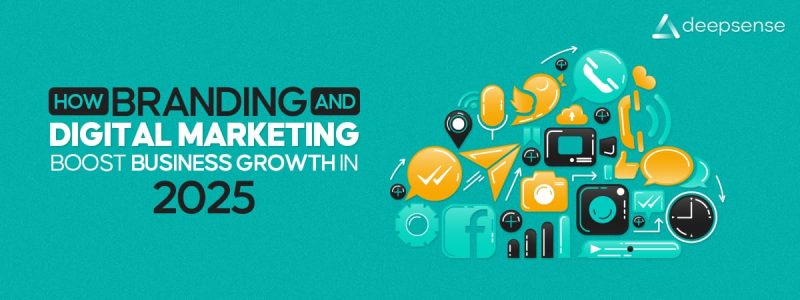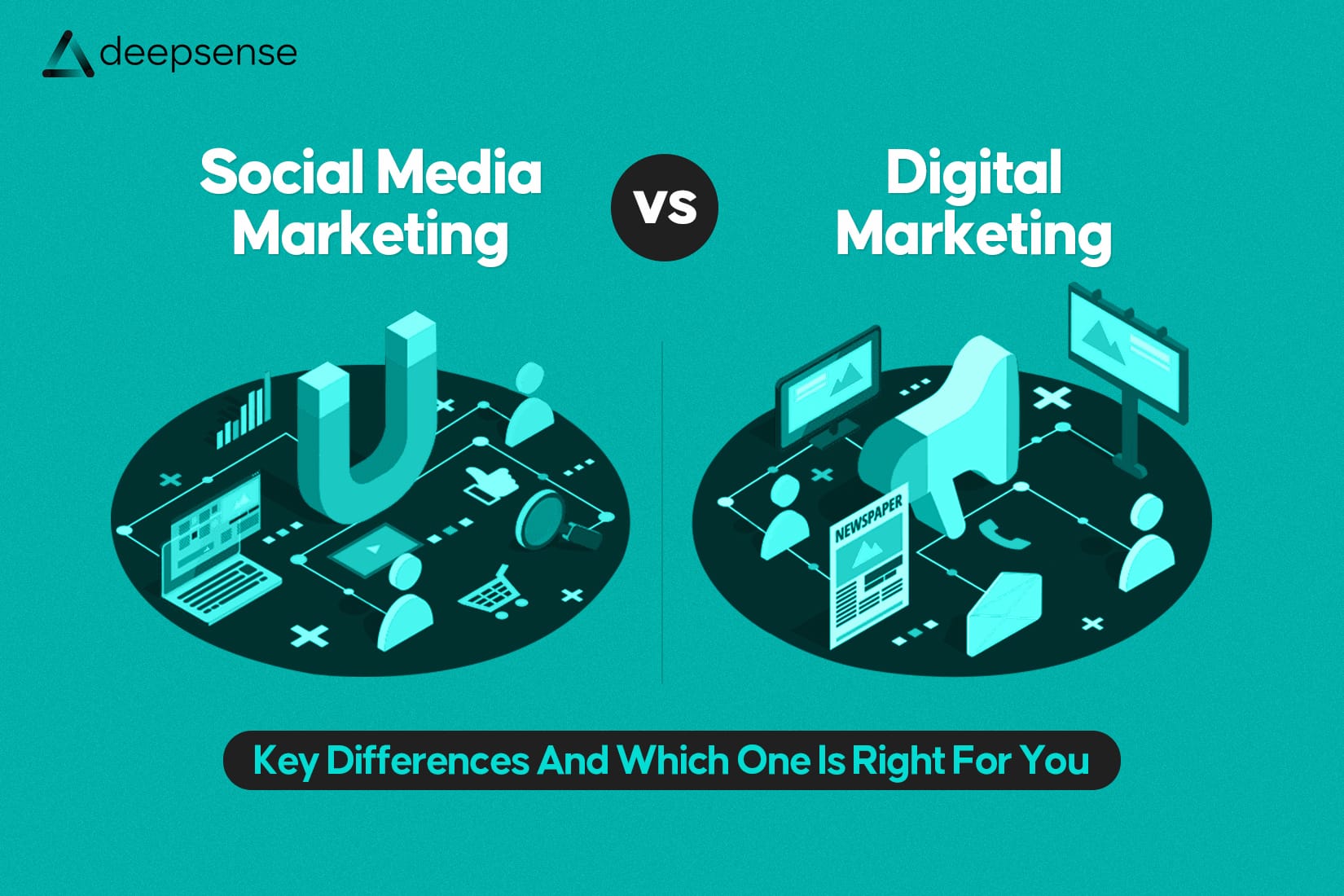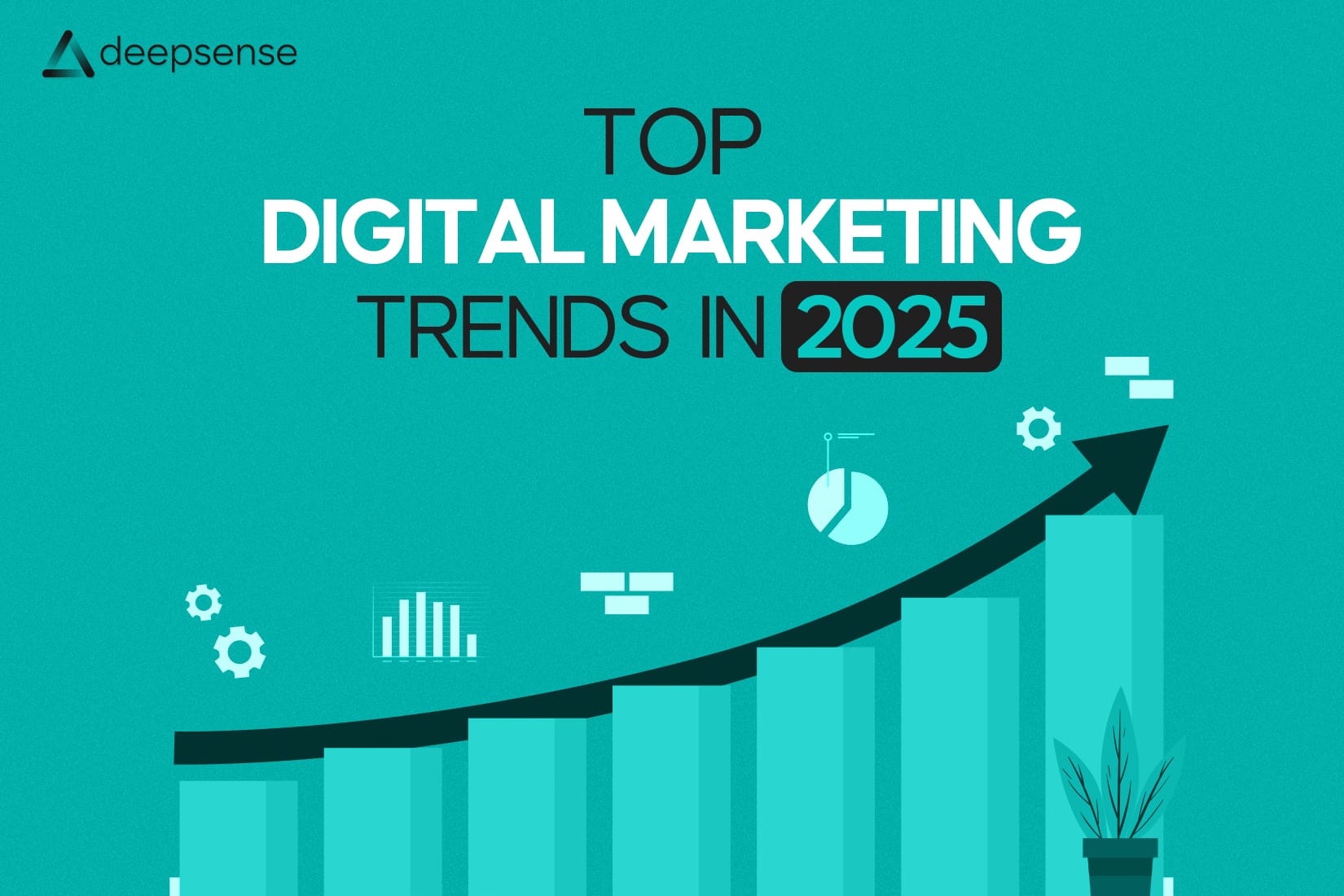Introduction
If you are still relying on instinct to drive your marketing decisions in 2025, you might as well be navigating a Formula 1 race with your eyes closed.
Marketing has shifted. It is no longer about who shouts the loudest. It is about who listens the best. Who watches customer behavior. Who studies patterns. Who responds intelligently.
And none of that is possible without one thing: data.
Today, marketing is data. Campaigns, budgets, personalization, automation, every piece of the marketing puzzle is now connected through the flow of information.
The big question is not whether you need a data-driven strategy anymore. It is how you can build one that is flexible, powerful, and future-proofed for the competitive landscape of 2025.
Let us walk through it, step by step.
Why Data Is the Cornerstone of Modern Marketing
You probably already know that customers today are savvier, more demanding, and less loyal than ever before.
They want seamless digital experiences, personalized recommendations, instant support, and tailored offers; Data is what makes all that possible.
According to Salesforce’s latest report, 78 percent of marketers now believe their success relies completely on data-driven marketing.
Gartner predicts brands that integrate customer data across every channel will outperform their competitors by at least 20 percent in customer experience scores by the end of this year.
This shift is not optional anymore; It is survival.
Step 1: Begin with Crystal-Clear Goals
Before you even think about pulling data reports or setting up dashboards, you have to answer one simple question: What exactly are you trying to achieve?
- Not “grow revenue.”
- Not “get more leads.”
Those are hopes, not strategies.
In 2025, a smart marketer sets goals like:
- “Increase subscription form completions by 25 percent in Q2”
- “Lift email click-through rates by 12 percent by September”
- “Reduce shopping cart abandonment by 18 percent across mobile users”
These are SMART goals: Specific, Measurable, Achievable, Relevant, Time-bound.
They give you a clear finish line and a yardstick to measure how well your data-driven efforts are working.
Step 2: Build the Backbone, Your Data Infrastructure
Imagine trying to drive cross-country with a broken GPS. That is what running a marketing operation without a strong data infrastructure feels like.
If you are serious about data-driven marketing in 2025, you must get your backend in order:
- CRM platforms like Salesforce, Zoho CRM, or HubSpot
- Marketing automation tools like Marketo, Mailchimp, or ActiveCampaign
- Analytics suites such as Google Analytics 4, Adobe Analytics, or MonsterInsights
- Data warehouses like BigQuery, Snowflake, or AWS Redshift for storage and processing
And most importantly, everything needs to talk to each other. APIs and middleware tools like Zapier, Tray.io, or Mulesoft can stitch your ecosystem together so that no data gets trapped in silos.
A big trend in 2025? Real-time data ingestion pipelines. Brands that can process customer data as it happens will dominate. Those running on outdated batch processing models will fall behind.
Step 3: Segment Like a Pro
Here is a hard truth: Not every customer is the same, and treating them like they are is burning your budget. Segmentation is where smart marketers separate themselves from average ones.
In 2025, segmentation goes way beyond basics like age and gender. The leading brands are using deep segmentation based on:
- Behavioral signals (what they browse, what they click, when they buy)
- Psychographics (values, attitudes, aspirations)
- Predictive modeling (who is most likely to churn, who is ready to buy)
Campaign Monitor found that segmented campaigns earn a staggering 760 percent higher revenue than non-segmented ones. And with AI tools like Clearbit, Segment, and Dynamic Yield, creating dynamic audience groups is faster and smarter than ever.
Step 4: Embrace Predictive Analytics and AI
Data is great. But predicting what your customers are about to do next? That is the real superpower. Predictive analytics is the difference between chasing customers and being ready when they show up at your door.
Using machine learning models, brands in 2025 are predicting:
- Who will likely convert this week
- Which customers are silently planning to leave
- What kind of offer will tip someone into buying
Tools like IBM Watson Marketing, Google Vertex AI, and Amazon SageMaker are not just reserved for Fortune 500 companies anymore. Mid-sized and even small businesses are now using them too. The secret is not in just collecting historical data but in training your models constantly with fresh, real-world customer behaviors.
Step 5: Personalize Every Single Interaction
If you still think personalization is adding someone’s first name to an email, you are about five years behind.
In 2025, personalization is about making every experience feel handcrafted.
Smart brands are:
- Sending emails triggered by specific behaviors (like cart abandonment, category browsing)
- Dynamically changing website content based on visitor profiles
- Creating product recommendation engines customized per session
- Designing chatbot conversations that adapt in real time
According to Epsilon’s research, 80 percent of customers are more likely to buy when brands deliver personalized experiences.
The bar is not just set high, it is constantly being raised.
Step 6: Fix the Attribution Gap
Marketing attribution used to be simple when there were fewer touchpoints. Customer saw an ad, clicked, bought. Done.
Today? They see an Instagram ad, read a blog post, sign up for a webinar, get an email, talk to sales, visit your store, and then maybe, maybe buy something.
You must know which touchpoints truly matter. Otherwise, you will invest money in channels that barely move the needle.
In 2025, the best marketing teams are mastering:
- Multi-Touch Attribution (MTA) that gives credit across touchpoints
- Data-Driven Attribution (DDA) where machine learning figures out the real MVPs
- Marketing Mix Modeling (MMM) to balance online and offline attribution
If you cannot track your funnel end-to-end, you are flying blind.
Step 7: Rely on First-Party Data (Because Third-Party Is Dying)
Here is a wake-up call:
Third-party cookies are almost extinct. Privacy regulations are getting stricter worldwide.
If you are still building your marketing based on rented data, you are living on borrowed time.
The smartest brands in 2025 are laser-focused on collecting and nurturing first-party data:
- Interactive quizzes that gather preferences directly from users
- Membership programs that incentivize customers to share deeper insights
- On-site preference centers that let customers control their communication choices
Trust is the new currency. When customers trust you with their data, you need to honor that trust with better personalization, not more spam.
Step 8: Make Optimization an Everyday Habit
One-off campaign launches are a thing of the past. Continuous optimization is the future.
A/B testing. Funnel analysis. Session recordings. Sentiment tracking. Real-time dashboards.
Modern marketers are obsessed with tweaking, testing, and tuning, every single day.
Optimization is not something you do after a campaign fails. It is baked into every strategy from day one.
Fascinating Industry Stats You Should Know
- Businesses using real-time analytics are 2.5 times more likely to significantly improve marketing ROI (Forrester).
- Marketing teams who align content marketing with predictive analytics see a 47 percent higher lead-to-sale conversion rate (Aberdeen Group).
- 62 percent of customers say personalized engagement based on past interactions greatly influences their brand loyalty (Accenture).
- Only 18 percent of marketers currently have a fully unified view of their customer data, but that number is rapidly rising (Winterberry Group).
The numbers are loud and clear. Data is not just important. It is everything.
Expert Tips to Stay Ahead
- Adopt a Customer Data Platform (CDP) early if you want to keep up with multi-channel complexity.
- Let AI tools assist your budget allocation based on real-time channel performance, not gut feelings.
- Think micro-segmentation, the more niche your messaging, the higher your engagement.
- Build your own zero-party data strategies where users willingly and eagerly share insights.
- Tighten your feedback loops. The faster your data turns into action, the better your campaigns will perform.
Speed, precision, personalization, that is the winning trifecta.
Final Thoughts
Marketing in 2025 is not about creativity versus data. It is about creativity fueled by data. The brands that will win this year and beyond are not the ones shouting louder. They are the ones listening better, responding faster, and delivering smarter. Building a data-driven marketing strategy is not just another checkbox on your 2025 to-do list. It is the foundation of how you survive, grow, and lead in the years ahead. If you are ready to unlock the full potential of your marketing engine, there is only one way forward. Data first. Always.
FAQs
1. How to build a data-driven marketing strategy?
To build a data-driven marketing strategy, start by setting clear goals and identifying key performance indicators (KPIs). Collect data from multiple sources like CRM systems, website analytics, and social media. Analyze customer behavior, segment your audience, personalize messaging, test campaigns, and continuously optimize based on real-time data insights.
2. What is the future of marketing in 2025?
By 2025, marketing will be more AI-powered, hyper-personalized, privacy-conscious, and customer-experience focused. Brands will rely heavily on predictive analytics, voice search, immersive experiences (AR/VR), and zero-party data to connect authentically with consumers while navigating stricter data privacy regulations.
3. What are the 5 P’s of marketing strategy?
The 5 P’s of marketing strategy are Product, Price, Place, Promotion, and People. They cover what you’re selling, how much it costs, where it’s available, how you promote it, and the target audience you’re serving, creating a complete foundation for crafting and executing marketing plans.
4. Is digital marketing worth it in 2025?
Yes, digital marketing will be even more essential in 2025. With consumers spending more time online and technologies like AI, automation, and personalization advancing rapidly, businesses that invest in smart digital marketing strategies will see stronger growth, better engagement, and improved ROI.
5. What are data-drive SEO strategies?
Data-driven SEO strategies use analytics and research to guide optimization efforts. This includes analyzing keyword performance, user behavior, backlink profiles, technical SEO issues, and competitor analysis. It’s about making SEO decisions based on hard data instead of assumptions to improve visibility and rankings.
6. How do you create a successful data strategy?
A successful data strategy starts with defining clear business goals and identifying what data you need to achieve them. Build systems to collect, store, and analyze data efficiently. Ensure data quality, maintain privacy compliance, empower teams with actionable insights, and continuously refine your approach based on outcomes.
7. What is zero click marketing?
Zero-click marketing refers to strategies where users get the information they need directly on search results, social platforms, or snippets without clicking through to a website. It’s about optimizing content for maximum visibility and value upfront, meeting user intent instantly to boost brand recognition and authority.











